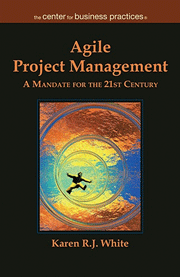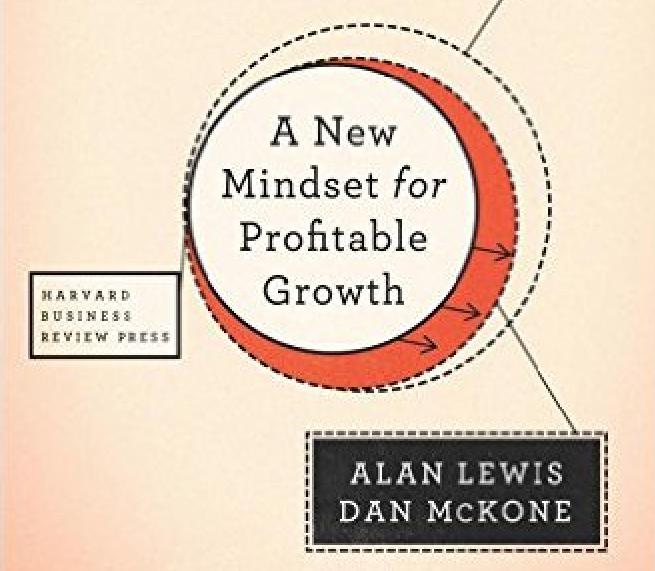The following is an excerpt from Karen R.J. White's Agile Project Management: A Mandate for the 21st Century (Center for Business Practices, 2009).  Chapter 5: Our Agile Future
Chapter 5: Our Agile Future
Traditional management methods, including project management, came of age over the course of the 20th century, evolving hand in hand with certain bureaucratic assumptions—assumptions about power, control, centralization, and linear problem solving—most of which do not work very well anymore. To predict how agile methods may be used in organizations in the next few decades from our vantage point in 2008 is perilous: it's unlikely that we can actually foresee how business will alter. (Imagine yourself back in 1980 for a moment: could you have predicted Facebook as a business tool?) Yet certain trends are clear:
Agile methods will somewhat clash with currently existing standards in project management, as well as standards in many application areas of project management.
To continue reading, become an ALM digital reader
Benefits include:
- Authoritative and broad coverage of the business of consulting
- Industry-leading awards programs like Best Firms to Work For, Global Leades and Rising Stars
- An informative newsletter that goes into the trends shaping the industry
- Critical coverage of the employee benefits and financial advisory markets on our other ALM sites, BenefitsPRO and ThinkAdvisor
Already have an account? Sign In Now

